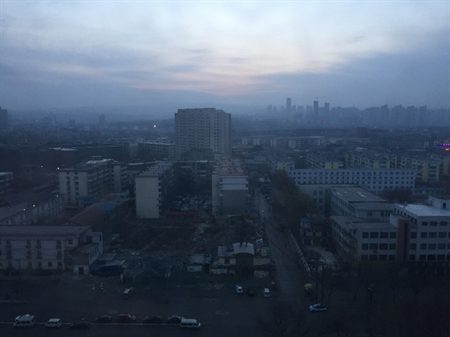A recent trip to China provided us with a stark reminder that very little progress had been made in confronting what appears to be an insurmountable challenge in China: clean air!
Recent policy initiatives – including winter restrictions and capacity curtailments – have been directionally positive but in our view they represent baby-steps in confronting what is emerging to be the number one social and health issue in China. Pollution.
The simple facts are that China today burns ~4.0 billion tonnes of coal p.a. (this is not a typo), more than the rest of the world combined. Coal today represents roughly 80% of Chinese electricity generation and, unsurprisingly, is the chief source of its pollution (see below image).
As we’ve written previously, Chinese citizens now check pollution levels before venturing outside in the same way Australians check the weather. With more people choosing to stay inside when levels are high, clean air is increasingly being prioritised above the ‘perks’ associated with industrialisation.
Like most countries, China is embarking on the slow march towards building out renewables power generation – which comes at high cost and is less reliable – but to address air quality the pivot to gas is absolutely essential (gas production generates about half the emissions of coal). Since China has only limited domestic gas production, imports are necessary and LNG is the most likely form.
Our view today is that LNG now moves into prime time. Every 1% move in China’s energy mix from coal to LNG is the equivalent to 8MT p.a. – the equivalent of the annual production of one of the Queensland LNG plants (e.g. GLNG or APLNG etc.)1. The shift in China’s energy mix from the current 8% gas to 12% on the medium term – mostly via LNG – could create chronic shortages and strong pricing.
Commentary that the LNG market is over-supplied is misplaced. As China ‘cleans up’ its energy mix, demand for LNG could surge and the market will tighten dramatically. We have expressed this view via positions in Origin and Santos, and it now appears that Harbor Energy (US Private Equity led consortium) shares our view.
1 Yarra Capital Management Research, 2018
Image 1 – Pollution infected view from Downtown Taiyuan (a major steel manufacturing city)
Image 2 – Santos GLNG facility on Curtis Island, Gladstone, QLD




0 Comments